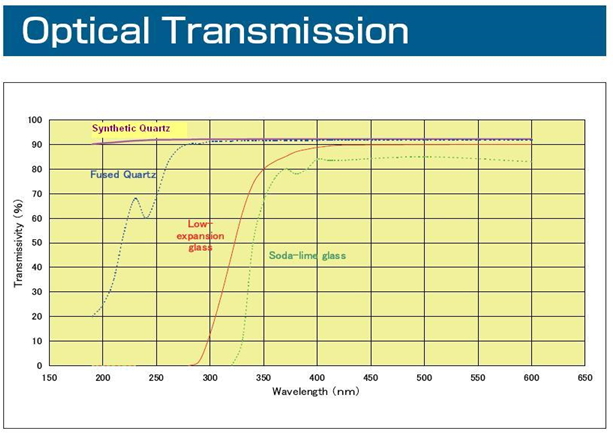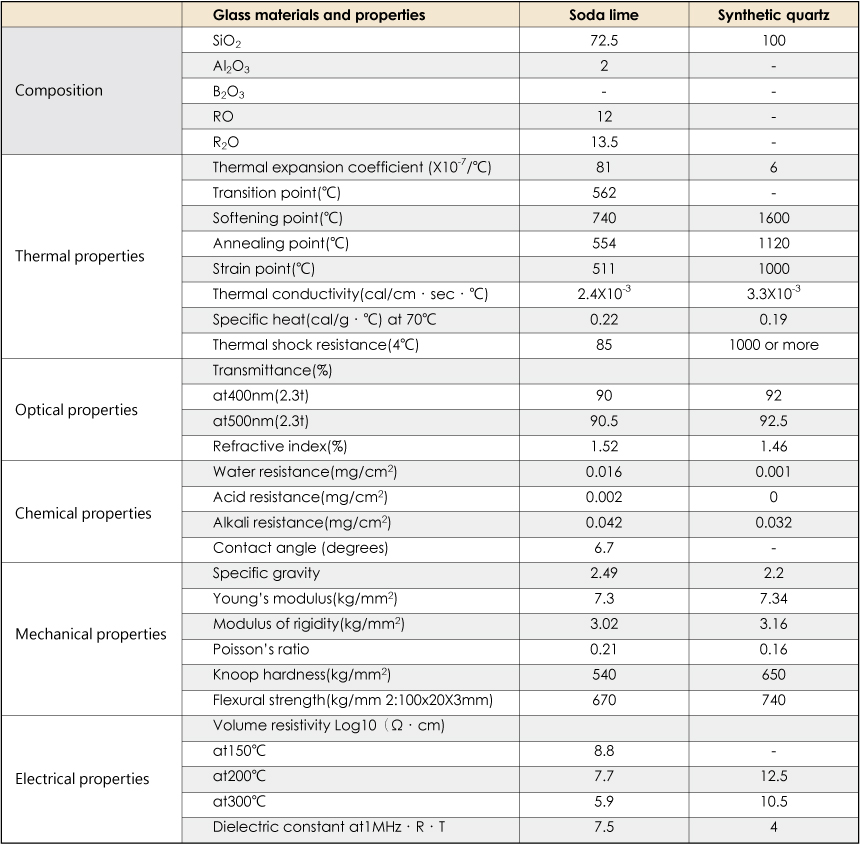Substrate types: synthesis Quartz and sodalime glass are substrate materials for blank generally which have major differences on achievable optical transmission at UV wavelength, TCE thermal coefficient expansion, and inclusions/bubbles inside substrate. Synthesis quartz is the only substrate having transmission >90% under 300nm UV wavelength, 10th times lower TCE than glass, an no bubbles. For i and g lines exposure tool(365-436nm), sodalime is the best choice because of cost issue but it need glass selection on bubble and flatness. Borofloat and TFT glasses have TCE in between of Qz and Sodalime, that offers a cost effective solution for packaging process. Most importantly, Cti can also provide recycle service for quartz mask.
substrate sizes: we can provide blank sizes smaller than 800x960mm. Generally standard thicknesses are 1.1, 1.5, 2.3, 3.0, 4.8~5.0, 5.8, 6.35, 7.8~8.0, and 10t.
substrate specification: we follow the standard specifications in the field, however we can also provide customized services on demand as well.
Substrate edge finishes: we can provide either normal chamfer(NC) or large chamfer(LC) on the edge shapes, and edge ground can be either clear or dark according mesh number of grinding wheels.
Flatness: in generally this follow the material standard specification, though customized specification also is available.
Comparison of various blank substrates in UV to visible range.

TCE (thermal coefficient of expansion) comparisons of various substrates
■ Quartz: synthesis quartz has good transmission even at 190nm, lowest TCE, and no bubble. It is a perfect substrate for exposure tools but its cost is five times of sodalime.
Cti has in-house glass work for quartz recycling, which benefits customer in cost saving.
■ substrate selection: Borofloat and acrylic free glasses are the best choice if only care the TCE. Cti can service this product in best quality.

sizes and spec of mask blank substrates

Substrate specifications

Edge finishes and flatness specifications of substrate.





